The key to mastering your first day is keep it simple, stay flexible, and be over-prepared. As a veteran teacher of more than 15 years, I am going to share some of my best tips so you can know that you are truly prepared! I have also mentored more than 100 new teachers, and I promise you every single one of them has survived their first day! So grab your favorite drink (mine is water with lemon!), get comfy, and let's dig in...
1.) Have a plan for how to structure the day.
Start the day with a quiet, but engaging activity. My absolute favorite way to start the first day is to give each student their own bag or small container of play dough. There are so many reasons I love to use play dough on the first day of school, but two of the biggest reasons are that every child can use it with ease and it keeps them engaged. Many times, parents will arrive on the first day of school and want to have a personal chat about their child, which is hard to do when you have a room full of students. This activity ensures that students are engaged with something that doesn't require other supplies and that doesn't have an "ending" point. I personally like to make gluten-free play dough because regular play dough cannot be used by anyone with a gluten allergy. I separate it into individual zipped bags and each student gets their own ball of play dough on the first day with this special message.
Continue with a relational, group engagement activity. This is your opportunity to set the tone for whole-group instruction and to focus on relationship-building. I like to hold our very first Family Meeting (some people call them Class Meetings) on the carpet.
Embed routines and procedures into your day. This will make it natural for students to learn them as you go through the day. I go into more detail below about the specific routines and procedures I like to teach on the first day of school.
2.) Have a plan for which procedures you will explicitly teach and how you will teach them.
The pre-requisite to planning how you will teach your procedures is actually knowing what your procedures are. I have a more in-depth guide for designing classroom procedures that will help with this if you haven't had a chance to break them down very specifically yet. Once you have, it's important to determine precisely when and how you will teach them within the first weeks of school. The following are the classroom routines and procedures I like to explicitly teach on the first day of school. I don't want to teach too many because that will overwhelm the students. I also want them to be successful at what we are practicing, so it is better to roll them out slowly and teach them thoroughly.
- Attention Signal: This is the first procedure I like to teach on the first day of school. I do let them know that there may be different ways that I get there attention, but I teach the way I will get their attention the most. I personally love to use CLASS/YES (a Whole Brain Teaching call and response) because it's quick, I don't need any tools except my voice, and it has endless variety. We will practice this a few times at the very beginning of the day, and then I will use this specific attention signal all day with plenty of reinforcement for a job well done.
- Leaving the Room: I like to teach these next two procedures together. Because we are already in the classroom, I start by teaching them our classroom routine for lining up to leave the room. I break this into the actual parts of the lining up routine, the leaving the room routine, and appropriate hallway behavior expectations.
- Entering the Room: Once we have left the classroom, I have students line up outside the door. I take a moment to reinforce what they did well when leaving the classroom. Then I introduce the specific routine for entering the classroom. This routine will vary once we add in the beginning of the day routines later, but I start by simply teaching them how we will enter the classroom again after restroom breaks or going to lunch, specials, or recess.
- Beginning of the Day: You could teach this the very first thing during the school day because students are entering your room for the first time, but I like to wait a little bit for a few reasons. Beginning of the day routines are often much more complicated because they involve multiple steps. I typically don't have the time to teach this routine at the beginning of the day because I will have either a) straggling students that show up after the day starts or b) parents that want to talk with me. I wait to teach this particular routine until we have gotten a little further into the school day because this is when I finally have the students all to myself. This will ensure that they are able to do it successfully when they come back for Day 2 of school!
- End of the Day: Your "End of the Day" routine is especially important to master if you want to end your day feeling relaxed instead of frantic and frazzled. The End of the Day routine is actually a complicated combination of routines, such as cleaning up the classroom, gathering materials to go in our book bags, retrieving and packing the book bag, and waiting to line up. It's very important that you have a clear understanding of all this. You also want to give yourself lots of time on the first day to get everyone ready to go home. I start teaching this 30 minutes before it is actually time to leave. It's better to have time left over to read aloud from a great book than to be rushing past the last bell.
It's also important to teach school routines and procedures. This will vary a lot based on which procedures your school has created. I have worked in schools that let the teacher decide all of it, and I have worked in schools where it has already been decided for you. Before spending too much energy on this, check with your teammates or school admin about this. Your school may also have a schedule to follow for each classroom to teach school procedures at a specific time. That will also determine the schedule you create for your first days of school.
- Lunchroom: Lunchroom Routines also consist of a variety of routines, so it's important to give each aspect of the lunchroom consideration. Students will need to know how to enter, line up for food, pay for food, choose a seat (are they assigned or can they choose, for example), eat at the table (can they talk across to other tables, for example), and line up to leave the lunchroom.
- Bathroom: Students will need to know where to line up in the hallway while waiting, how to know when it is their turn, how many are permitted to be in the bathroom at once (I limit it to 5, but some limit even smaller), if they can get a drink at the fountain and how to line up for that, and where/how to wait for the class to finish.
3.) Have a plan for how you will build relationships.
Teachers play an integral role in helping our students learn how to establish healthy friendships and affiliate with their peers. Building friendships doesn't always come naturally to students, and that is where we can guide them in the right direction. It's very important to me that my students feel like our classroom is a safe family environment. As you can see, most of your day is already going to be filled with explicitly teaching routines and procedures to the students. I like to break that up with relationship-building activities that are engaging and refreshing to the students.
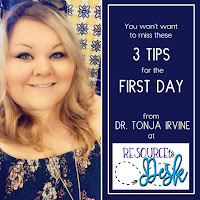 For this collaborative blog series, Dr. Tonja Irvine from Resource to Desk has shared about her most important tips for a successful first day of school. Check out her post here: 3 Tips for the First Day of School.
For this collaborative blog series, Dr. Tonja Irvine from Resource to Desk has shared about her most important tips for a successful first day of school. Check out her post here: 3 Tips for the First Day of School.
- Facilitate your first Class Meeting. I actually call mine Family Meetings because I want my students to feel like we are a family. Many students I have worked with don't always have a positive connotation with the word family, so I also like to have the opportunity to share positive experiences with them in that way. I use our first Family Meeting as an opportunity to make sure everyone feels welcome and that we learn each other's names. There are lots of games that you can use to practice names. If you work somewhere that doesn't have a lot of student turnover, you may not need to do that. However, if you do have a lot of student turnover, it's really important that your students get the opportunity to learn each other's names. I share more about how I use family meetings in a previous post within this series.
- Help your students get to know one another with an intentionally-planned activity. It is so important that you build activities into the day during the first weeks of school to let students share all about themselves. On the first day of school, I love to begin this All About Me lapbook to learn more about the students. Not only does it teach me so many things about my students, it also gives them opportunities to talk and share about themselves with peers. There are many other activities you can use, but make sure to think about how to emphasize student sharing.
- Begin to establish connections with parents with a fun and relational "homework" assignment. One of my favorite parts of the day is watching the students' faces light up when I tell them that I am giving their parents homework! One of my favorite activities for this is a Name Investigation, which partners with the picture book Chrysanthemum by Kevin Henkes. (This can also be saved for later in the week if you want to use it to introduce your technology procedures.) For the parent piece, students will interview their parent(s) about how they chose their name for their child, then bring it back the next day to school for a follow-up activity. I like to incorporate it into a Family Meeting so we can all learn about each other. Many times, students will have no idea how their parents decided to name them, so this is fun for everyone! Another one of my favorite activities for this is In a Million Words or Less... This activity gives parents "a million words or less" to tell you everything they want you to know about their child. I've gotten everything from a short scribbled paragraph to a 5-page typed essay!
You May Also Like:
- Join our private >> Facebook group << for new teachers!
- 3 Tips for a Successful First Week of School - Learn about the 3 things you MUST establish your first week with students
- 5 Tips for Creating Effective Classroom Rules - Learn the difference between a rule and a guideline and follow these tips for writing rules that set your students up for success
- 3 Things to Remember when Creating Classroom Routines and Procedures - Avoid common mistakes teachers make with these 3 tips when setting up your routines and procedures!
- Building Positive Classroom Culture - Learn the one magic ingredient for positive classroom culture, as well as specific guidelines and strategies to implement
- 10 Things I Wish I Knew Before My First Day Teaching - Learn from my mistakes so you can be better prepared for the unexpected things on your first day in the classroom!
- 10 Classroom Routines You Need Immediately - Have you overlooked these 10 important classroom routines?
You Should Also Check Out...
 For this collaborative blog series, Dr. Tonja Irvine from Resource to Desk has shared about her most important tips for a successful first day of school. Check out her post here: 3 Tips for the First Day of School.
For this collaborative blog series, Dr. Tonja Irvine from Resource to Desk has shared about her most important tips for a successful first day of school. Check out her post here: 3 Tips for the First Day of School. 
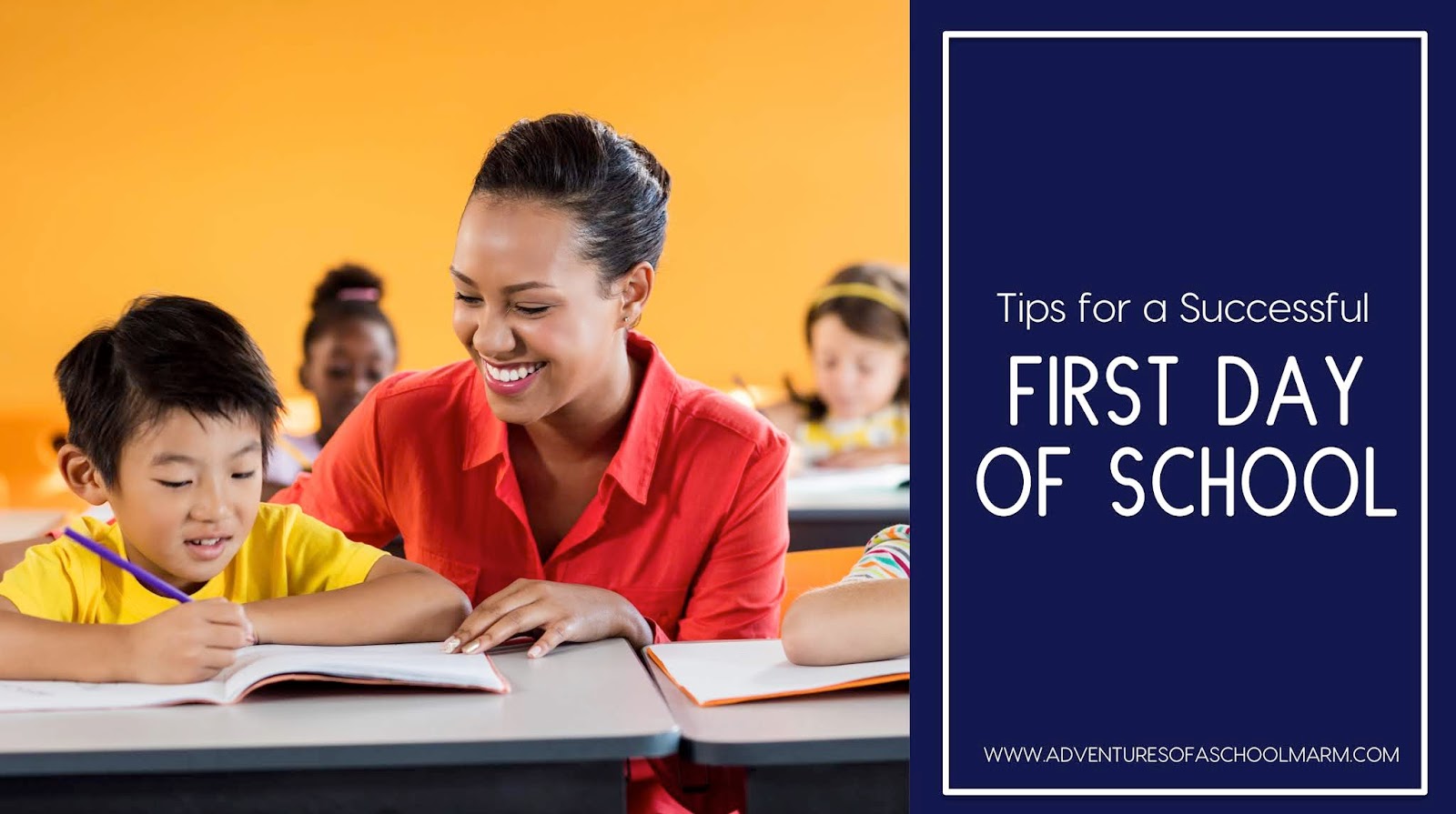
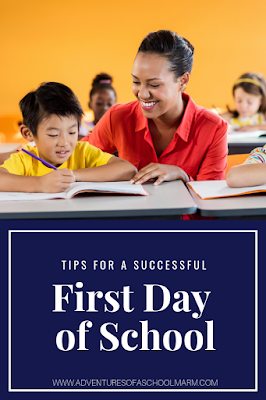



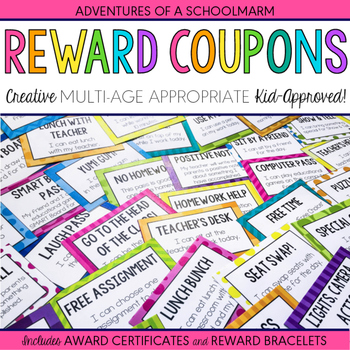
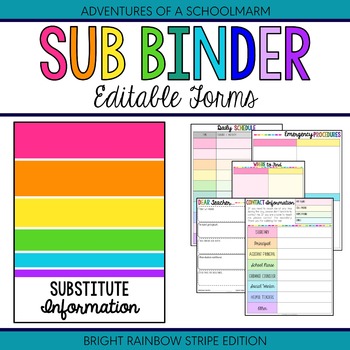
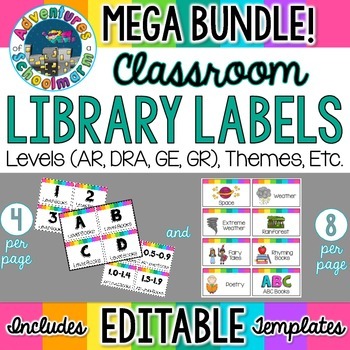
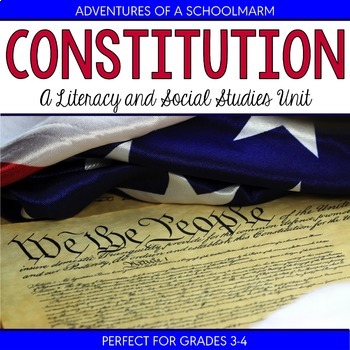
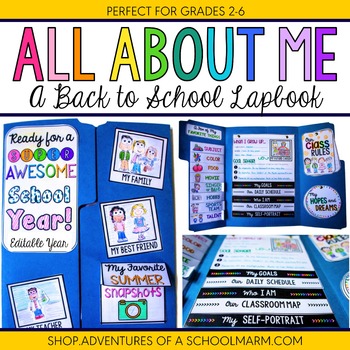

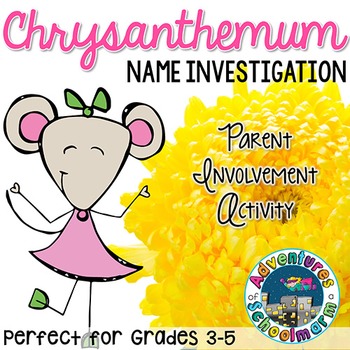


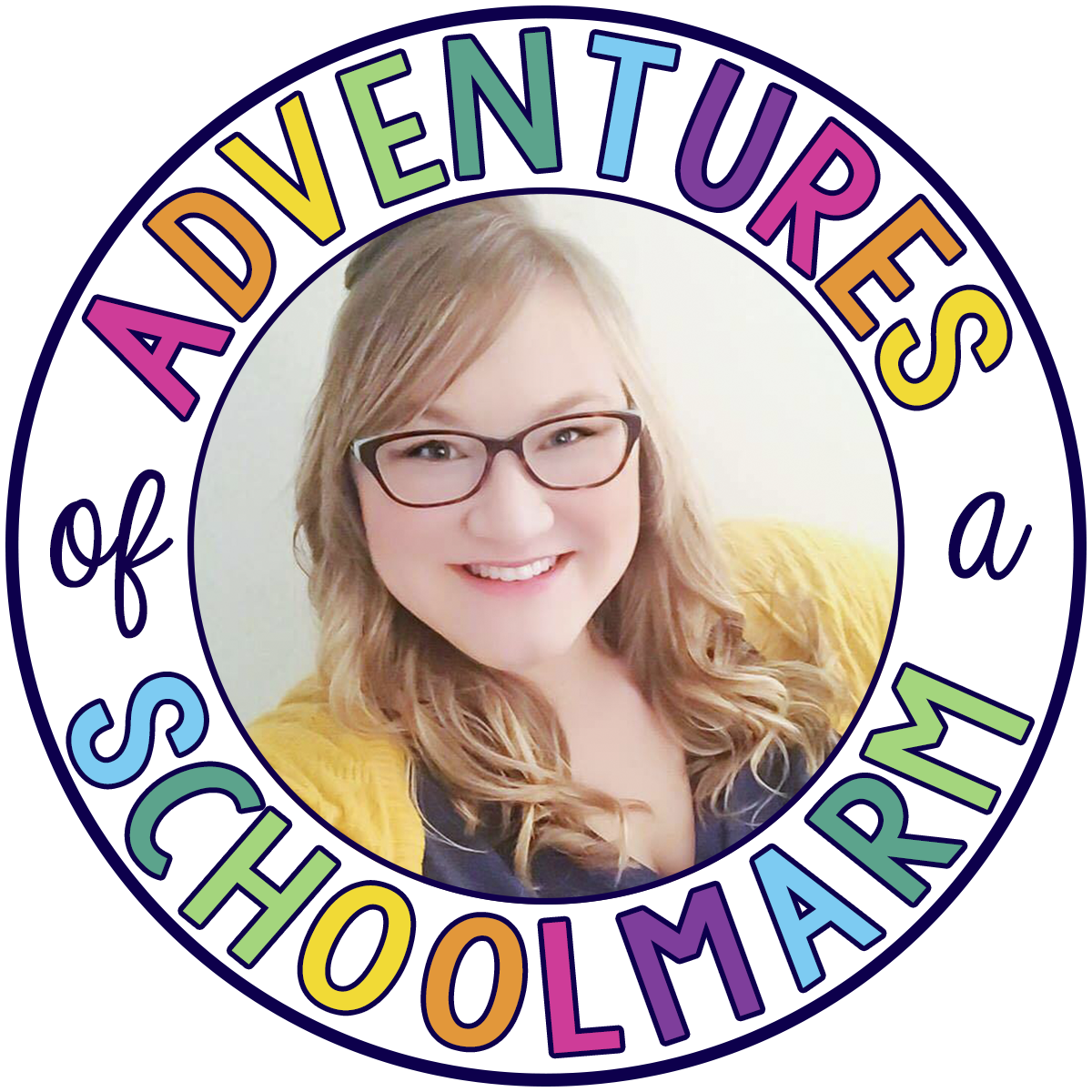

No comments